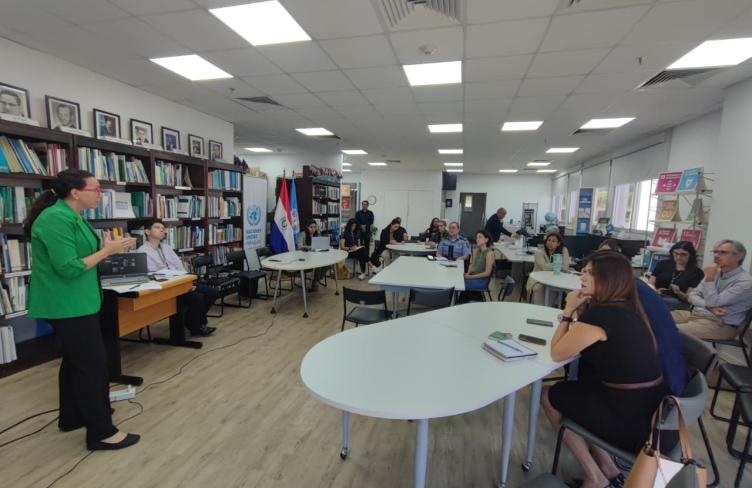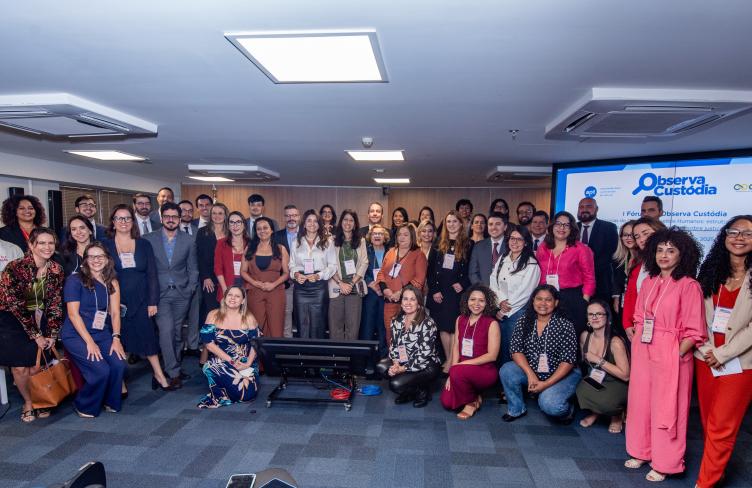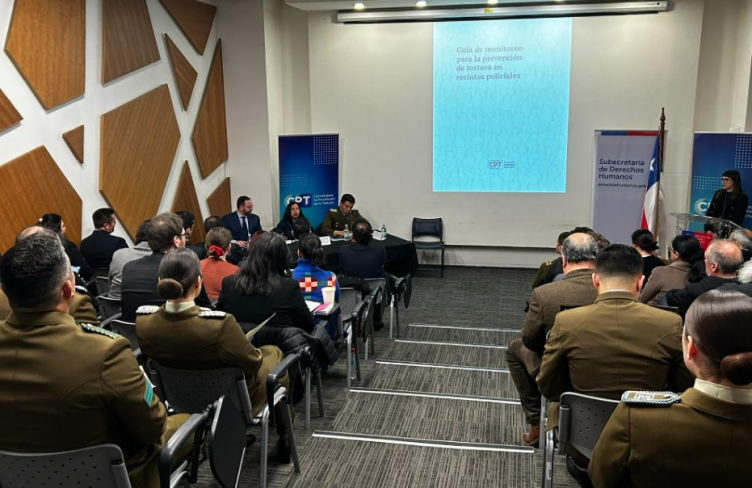
Planes that take off and land according to schedule never make the headlines. The media is not interested in business as usual – which makes preventive work inherently un-newsworthy. But there are still a few good reasons why journalists should care about the prevention of torture.
1. Journalists are at risk
No journalist should be detained for exercising their profession. But the reality is that journalists worldwide are arrested and imprisoned, especially those with critical voices. According to the Committee to Protect Journalists there were 211 journalists in prison in 2013, the second worst year on record. The CPJ reports on numerous cases where journalists have been forced – under torture – to confess to made-up charges like terrorism, plots to overthrow the government, drug possession, bribery, illegal border crossings, hooliganism… In other cases they are just locked up. No charges, no sentence.
Torture and ill-treatment is not only a concern for political prisoners, under repressive regimes. Deprived of liberty, any person in any country becomes vulnerable and exposed to the risk of abuses. Torture prevention aims at reducing this risk through independent oversight of all places of detention and by insisting on basic safeguards – like access to a lawyer.
2. Journalists can contribute to more openness
Torture and ill-treatment mainly happen behind closed doors. Torturers do not want attention, especially not from the media. Journalists therefore have an important role to play in contributing to more openness. There is a great need for more investigative and critical reporting on government policy and authorities’ practices when it comes to ensuring the respect for human rights and dignity in all places of deprivation of liberty; police stations, closed psychiatric wards, migrants’ detention centres etc.
Torture prevention has one thing in common with good journalism: it is all about transparency, about opening up closed places to outside scrutiny. In other ways it is complementary: where torture prevention bodies look at how to reduce risks and correct problems, journalists can shed a public light on the situation inside the walls of detention, expose wrongs, ask questions and demand answers of those responsible (either directly or indirectly).
3. Journalist can influence public opinion
The so called “War on Terror” has had a devastating effect on public attitudes to torture. What used to be unthinkable, a taboo, has become more or less a tolerated means to collect intelligence. In a poll, published in the New York Times last year, 41 percent of Americans approved of torture of prisoners captured in the fight against terrorism. In 2007 that number was 27 percent. In the coming weeks, Amnesty International will launch a new global study on torture, which will reveal "shocking levels of acceptance of the practice in numerous countries".
The entertainment industry also has a strong impact on public opinion. Last year the Hollywood dramatisation of the hunt for and killing of Osama bin Laden, “Zero Dark Thirty”, echoed the false premise that the Al-Qaida leader was captured thanks to information given by a detainee under torture. This month, a new season of the popular TV-series “24” is likely to repeat the “ticking bomb scenario”, where torture is the lesser of two evils when protecting innocent populations from imminent terrorist attacks. Stanford University researcher Amy B. Zegart found that people who regularly view this kind of spy-themed entertainment were significantly more likely than others to accept waterboarding of suspected terrorists.
When reporting on news and entertainment, journalists therefore need to use their critical reflex and be vigilant to political attempts to justify torture and other forms of ill-treatment. They could for example refuse to use terminology provided by governments, like “enhanced interrogation techniques” or “sleep management” and call torture by its name. Most of all, journalists need to keep investigating, expose wrongdoings and give a voice to those who demand justice.
4. Torture prevention has stories to tell (bonus)
People in detention are some of the most vulnerable, voiceless members of society. If their situation is reported in the media, it is most often when death and disaster have already happened. There is a gap to fill by serious journalism, in looking deeper into the root causes of failures to live up to international commitments and to uncover abuses, mismanagement and lack of political will.
If possible, go and see for yourselves. Talk to detainees, former detainees, doctors, lawyers, religious leaders or anyone else who has first hand information. Your news story might also be found in the reports from the UN Committee against Torture, Amnesty International, local NGOs or your country’s National Preventive Mechanism.
We are happy to help!


